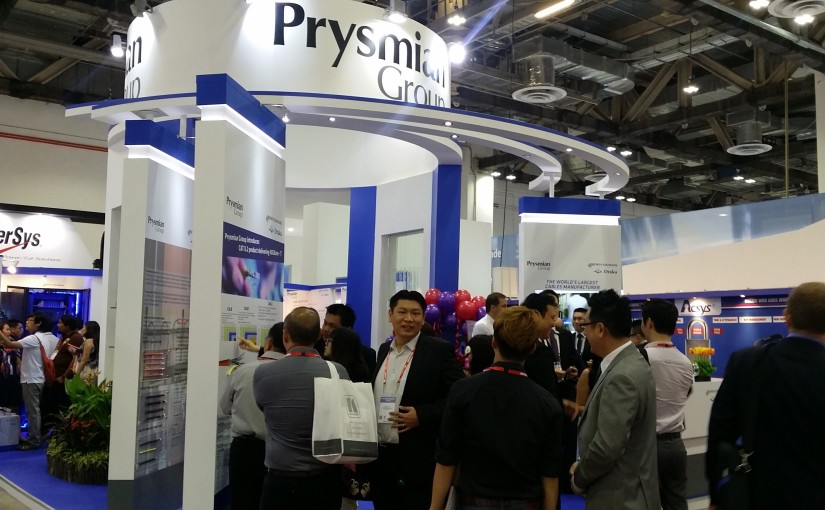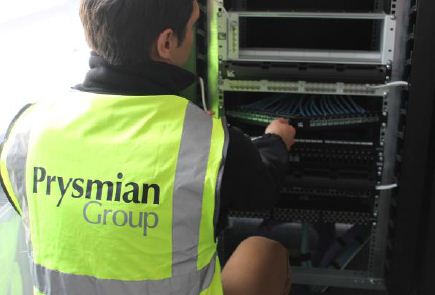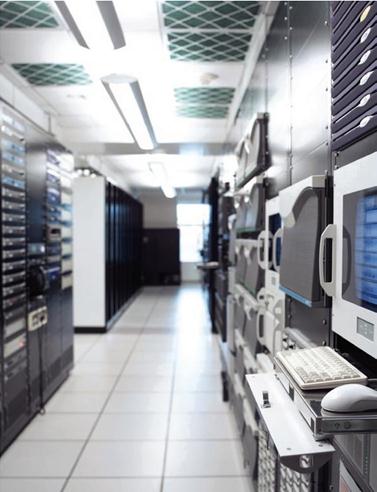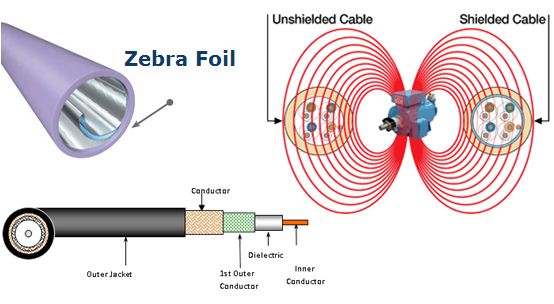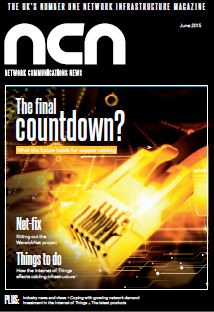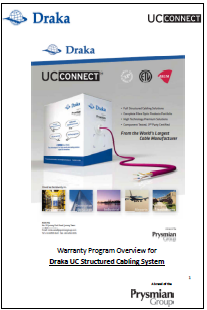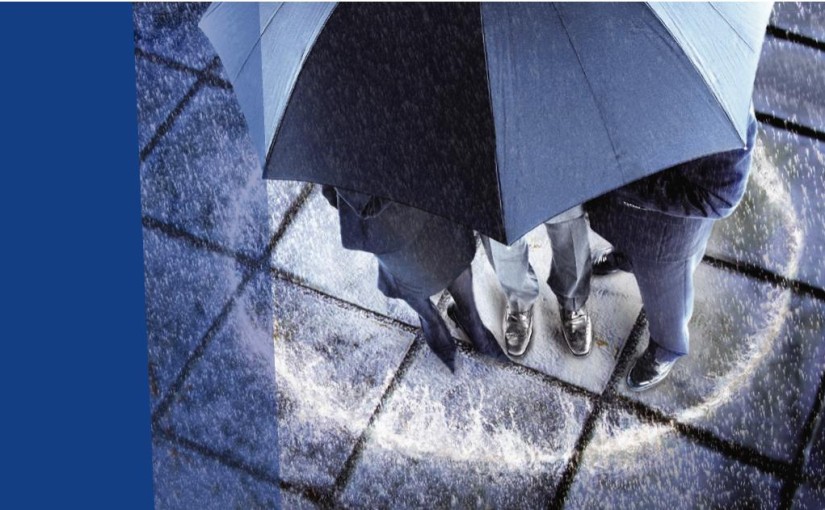One of the biggest challenges for businesses implementing a converged cabling infrastructure is the need to connect remote devices to the network. Zoran Borcic, Datacom product manager at cabling and systems specialist Draka, outlines the latest developments in long reach twisted pair copper cabling.
IP is being used for an increasing number of applications. Data, voice, security and building automation and management systems can now all run over a common twisted pair cabling infrastructure. More recently IP is being used for industrial applications, where the focus is on monitoring, control and data collection and visualisation – so called Supervisory Control and Data Acquisition or SCADA applications.
This shift to a converged cabling infrastructure is rapidly increasing as more and more business applications running on IP networks are introduced and increasing numbers of companies are recognising the potential value a converged cable network can bring. It is a shift that will place significant new demands on network infrastructure.
Multimedia networking is another growing trend, particularly in hotels, airports lounges and passenger ships, with applications ranging from distance learning to desktop video conferencing, instant messaging, workgroup collaboration, multimedia kiosks, entertainment and imaging.
In offices WLAN, and Wifi are gaining ground. In practice WLAN is integrated into cabling structures in line with EN50173. With the new generation WLAN 802.11ac we have the first volume application for 10GBase-T in offices, which requires dense 10Gb/s network of Class EA or better preferably with Power over Ethernet plus (PoE+) compatibility with Next Gen PoE.
The advantage of running all of these different applications over the same cabling infrastructure eliminates the need to design and install separate networks. It also simplifies network management including initial deployment and eventual reconfiguration; improves network scalability to accommodate growth; improves reliability, and offers considerable cost savings.
The disadvantage of converged cabling is that downtime no longer means employees just lose access to emails. Instead security, building management systems and video conferencing and power to remote devices will all be affected, which is why it is important to install only the best performing cables and connectivity components including jacks and patch panels.
These trends have all been taken into account by CENELEC in the new edition of EN 50173 Information Technology: Generic Cabling Systems. This is now divided into six categories:
EN 50173-1: General requirements
EN 50173-2: Office buildings
EN 50173-3: Industrial areas
EN 50173-4: Home environments
EN 50173-5: Data centres
EN 50173-6: Distributed building services
The way that the standard has been put together means that if a designer or specifier is looking to define the design for structured cabling in offices, then all they need to do is to simply refer to EN 50173-2: for industrial areas it is EN 50173-3. All of the application specific standards are underpinned by EN 50173-1: General requirements, which contains a lot of the detailed and technical information common to premises.
One of the challenges of a implementing a converged cabling infrastructure is the need to reach remote IP devices, such as remote security cameras, external temperature sensors or external door locks to the network. With conventional twisted pair cabling the horizontal distance is limited to 100m from the panel to the device so the designers and installers generally have three options:
1. Use fibre optic cabling and an Ethernet media converter at both ends of the cable. Depending on the type of fibre and application, data transmission can be supported for distances in excess of 100m. While this solution is standard compliant, it can be expensive and critically it is not possible to power a device remotely using fibre.
2. Use XR transceivers is another solution for fibre optic systems. However, for xBase-T they are not available or applicable. They are also expensive.
3. Long reach copper cabling systems would appear to be the optimal solution because copper cabling is a convenient and cost effective solution, which enables power to be cost-effectively provided to a device via PoE. And, by avoiding the need for sub-distributors and media converters, this solution also has the advantage of reducing the amount of technical space needed for converged cabling.
Long reach copper cables
Cable and systems specialist Draka has introduced UC LR22 10Gbit U/FTP, a new compact cable which will help designers and installers power remote devices with ease. The shielded twisted pair cable is constructed from American Wire Gauge 22 copper core. It has an outside diameter of 8.2mm and is fabricated from low smoke halogen free (LSHF) materials and it has been optimised for PoE+/next gen PoE.
It meets all the requirements of the Ethernet standard IEEE 802.3 and ISO/IEC 11801 standards for 10GBase-T, PoE, PoE+ and a Class EA channel up to a length of 120m providing it has been installed with UC-Connect components and patch cables.
This unique cable allows the installed cable length to be longer while using the same installation practices as standard cabling solutions for peace of mind for installers and specifiers.
Because many applications supported by this extended cable are located outdoors, such as IP cameras, access controls and alike, the cable is also available in an outdoor version too.
Standard compliant solution
In the first edition of ISO/IEC11801 a larger planning reach for services in Classes A, B or C has been part of the cabling scheme. Its logic was based on the fact a higher performing cabling can run longer distances with less demanding applications. This appeared to be forgotten in later editions of the cabling standard, although it still holds true. And, with applications located on the perimeter of LAN coverage, this fact regains importance.
Since length is only an informative measurement value and not a pass or fail criteria, testing an installed link is easy. Meters always show ‘Pass’ or ‘I’ (Only Informative Value) whatever the length. Within the ISO/IEC and CENLEC standards there is no length restriction for the transmission classes. What really matters is the end-to-end performance of the link and the LR-cable ensures increased compliance thanks to its better reach capabilities.
Since some BMS devices run at limited data rates of 100Mb/s or even less, the LR cable offers even larger link extensions. Autonegotiation of speed levels, in which two connected Ethernet devices choose the highest transmission mode they both support, makes administration easy and allows runs to remote devices at distances up to 180m.
The LR cabling approach is fully standard compliant. It enables the cost-efficient use of existing LAN infrastructure for increasingly important building management systems. It can easily be embedded in existing LAN cabling systems where it works as well as installing a new installation from scratch.
Zoran Borcic, is Product Manager Datacom Cable.
He looks after the global Draka branded Datacom copper cable portfolio of Prysmian Group’s Multimedia Solutions business unit. Zoran has experience in business administration, sales and product management in telecommunications and electronics industries. His responsibility within Draka is centred on product management and global coordination with local sales organizations.
Source: Technical MMS UK







